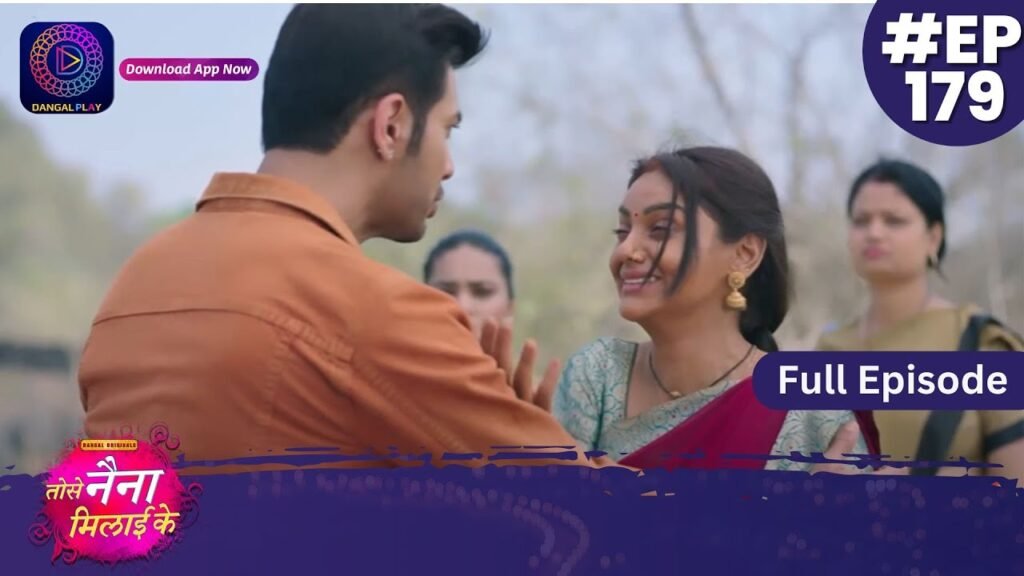In a world saturated with pop culture hooks and catchy phrases, sometimes a single line of poetry touches the soul more deeply than an entire song. Tose Naina Milaike, a lyrical gem rooted in Indian classical music and romantic poetry, is one such expression. It’s not merely a line — it’s an experience. One that paints a picture of soulful connection, vulnerable longing, and transcendent love. Whether encountered in Hindustani music, a Bollywood ballad, or a whispered ghazal, this phrase unfailingly evokes emotion.
Let’s explore the origins, meaning, emotional layers, cultural significance, and timeless charm of tose naina milaike — and why it continues to resonate across languages and generations.
Tose Naina Milaike: What Does It Mean?
Translated from Hindi, tose naina milaike means “after meeting your eyes” or, more poetically, “since my eyes met yours.” It originates from the Urdu-Hindi poetic tradition, where the act of making eye contact is not casual — it’s a catalyst for emotional transformation.
Cultural Significance of Eye Contact in South Asia
In South Asian storytelling, the eyes are often called the windows of the soul. Meeting someone’s gaze isn’t a mundane event. It can be the beginning of love, the unraveling of secrets, or a promise of destiny. In many Bollywood classics, eye contact initiates romance. This cultural backdrop gives even more gravity to those naina milaike.
Where Does It Come From? A Musical Lineage
The phrase is deeply rooted in classical Indian music and poetry. One notable mention is in the thumri tradition — a genre known for its romantic and devotional themes. Singers like Ustad Rashid Khan and Pt. Bhimsen Joshi have graced it with their soulful renditions, giving the words not just meaning, but melody and mood.
Why Does It Still Resonate Today?
Because love, longing, and connection are timeless. In a world where we increasingly hide behind screens, the idea of powerful, unspoken eye contact feels both ancient and revolutionary. Whether it’s in the thumri, a movie, or a modern fusion track, the core sentiment remains evergreen.
The Literary Charm of ‘Naina’
“Naina” isn’t just a word for eyes — it’s a poetic device. In Urdu and Hindi literature, “naina” connotes beauty, emotion, depth, and the soul. “Eyes” in English might not always carry the same weight, but naina suggestively holds centuries of poetic weight.
Famous Usage in Indian Cinema and Music
You might recall the use of tose naina milaike in the hauntingly beautiful rendition by Arijit Singh in Dedh Ishqiya or the older folk versions sung during classical gatherings. Its cinematic appeal lies in its ability to depict emotions without excess drama — subtle but searing.
When Words Aren’t Enough: Music Steps In
While the tose naina milaike is expressive, its impact multiplies when paired with music. The slow tempo, subtle tabla beats, and emotional crescendo create an immersive experience. No wonder it’s a favorite for musicians who aim to express more than just lyrics.
Comparing with Western Romantic Phrases
Where English might say, “I fell for you” or “I was lost in your eyes,” tose naina milaike feels more poetic, personal, and profound. It isn’t about falling; it’s about evolving — becoming someone else because of someone’s gaze.
The Emotional Psychology Behind It
Gazing into someone’s eyes triggers oxytocin, the love hormone. So the science isn’t far from the poetry — tose naina milaike speaks to real emotional and neurological shifts. No wonder it strikes a chord every time.
Also read: Sahi Jawe Na Judai Sajna: A Heartfelt Ode to Love and Longing
How It Inspired Poets and Playwrights
Writers like Mirza Ghalib, Faiz Ahmed Faiz, and even Rabindranath Tagore crafted verses around similar themes — the transformative power of the gaze. The phrase fits snugly into this literary lineage.
Impact on Modern Lyrics and Storytelling
Even in today’s fast-paced pop and indie scenes, echoes of tose naina milaike can be found in lyrics that emphasize emotions over visuals. It’s a timeless theme: love that starts not with words, but a look.
Conclusion
Tose naina milaike isn’t just a lyrical phrase — it’s an emotional portal. A whispered declaration. A poetic moment frozen in time. From its classical origins to its modern musical renditions, this expression reminds us of the deep, often wordless connections that shape human emotion.
In a world of fleeting interactions and short attention spans, such timeless expressions pull us back into what truly matters — feeling deeply and loving unconditionally. If you’ve ever locked eyes with someone and felt your world shift, then you already know what “naina milaike feels like — even if you didn’t have the words for it.
FAQs
What does ‘tose naina milaike’ mean in English?
It means “since I met your eyes” or “after our eyes met,” symbolizing a profound emotional shift triggered by eye contact.
Is ‘tose naina milaike’ a common phrase?
In casual conversation, not really. But in poetry, songs, and ghazals, it’s iconic and well-loved.
Why is it so popular in Indian classical music?
Because thumris and other romantic genres focus on inner emotional worlds, and this phrase perfectly encapsulates romantic surrender.
Are there any English equivalents?
Closest would be “lost in your eyes” or “love at first sight,” though these lack the cultural richness.
Can it be used in daily conversation?
Rarely — it’s more poetic or musical. But quoting it could definitely add flair to your storytelling or poetry.
Where have I heard this before?
Most famously in Indian songs and classical music concerts, especially those featuring romantic or devotional themes.



